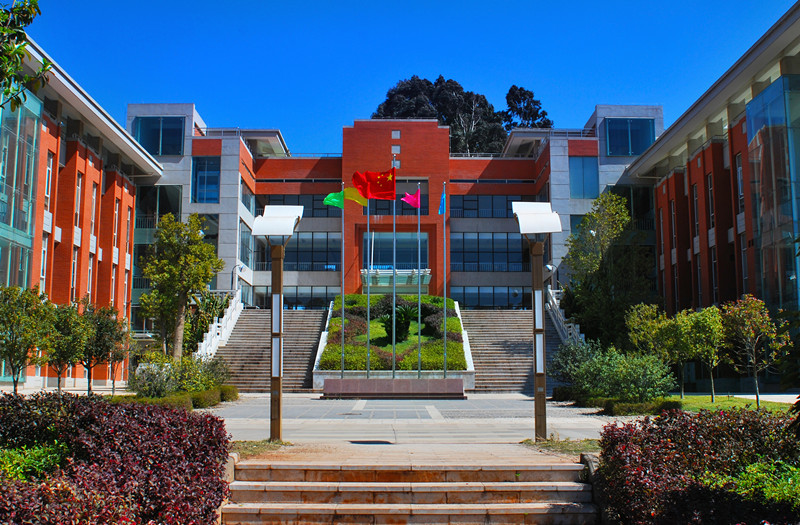A leading Chinese seed bank is expanding to protect endangered plants in China and abroad.
The Southwest China Germplasm Bank of Wild Species under the Chinese Academy of Sciences (CAS) in Yunnan Province is a research and preservation institution for rare and endangered plants. One of the critically endangered species it protects, the pinus squamata, or Qiaojia pine, only has 29 trees left growing in China.
Founded in 2008 and dubbed "Noah's Ark," the center holds 67,800 sets of seeds for more than 9,129 plant species from 45 countries and regions. By 2020, it aims to expand its collection to 100,000 sets of seeds from 10,000 species, said LI Weiqi, deputy director of the center.
The center currently stores seeds from a third of China's wild plants.
In January this year, 346 species arrived at the center from the UK's Royal Botanic Gardens at Kew.
"This was the sixth round of foreign seeds to arrive at our center," said LI. Currently, the center holds 1,197 sets of foreign seeds, with each set containing thousands of individual seeds.
The center cooperates with 85 research institutes and preservation centers across China. It also works with international partners, including Kew Gardens, in collecting backup specimens, exchanges and research.
"Our backup program with Kew Gardens is critical to preserving global seed resources," said LI.
Currently, seeds can only be collected if they meet at least one of three standards: endangered, endemic or "of economic importance." Each set should contain a minimum of 2,500 seeds.
New arrivals to the seed bank are identified, registered, counted and cleaned. After cleaning, they are X-rayed to check for hollow or damaged seeds. The seeds are then dried and frozen in glass containers.
"Some of the seeds can be kept alive for decades or a thousand years," said LI.
In order to make sure the seeds remain viable, scientists "wake up" some of the seeds from their dormancy every five to ten years. "We take some samples and test their ability to grow," said center technician YANG Juan.
Statistics show that every year, about 300 of China's wild plants or animal species die or approach extinction.
"When a species is destroyed by natural disasters like fires, frost and plagues of pests, or other catastrophes, we will activate these seeds and revive the species," said LI.
"The center has provided technical support to the preservation, research and use of China's wild plants," said LI. (Xinhua)

Germplasm Bank of Wild Species (Image by KIB)
Contact:
Prof. Dr. LI Weiqi
Germplasm Bank of Wild Species
Kunming Institute of Botany, Chinese Academy of Sciences
Email: weiqili@mail.kib.ac.cn




